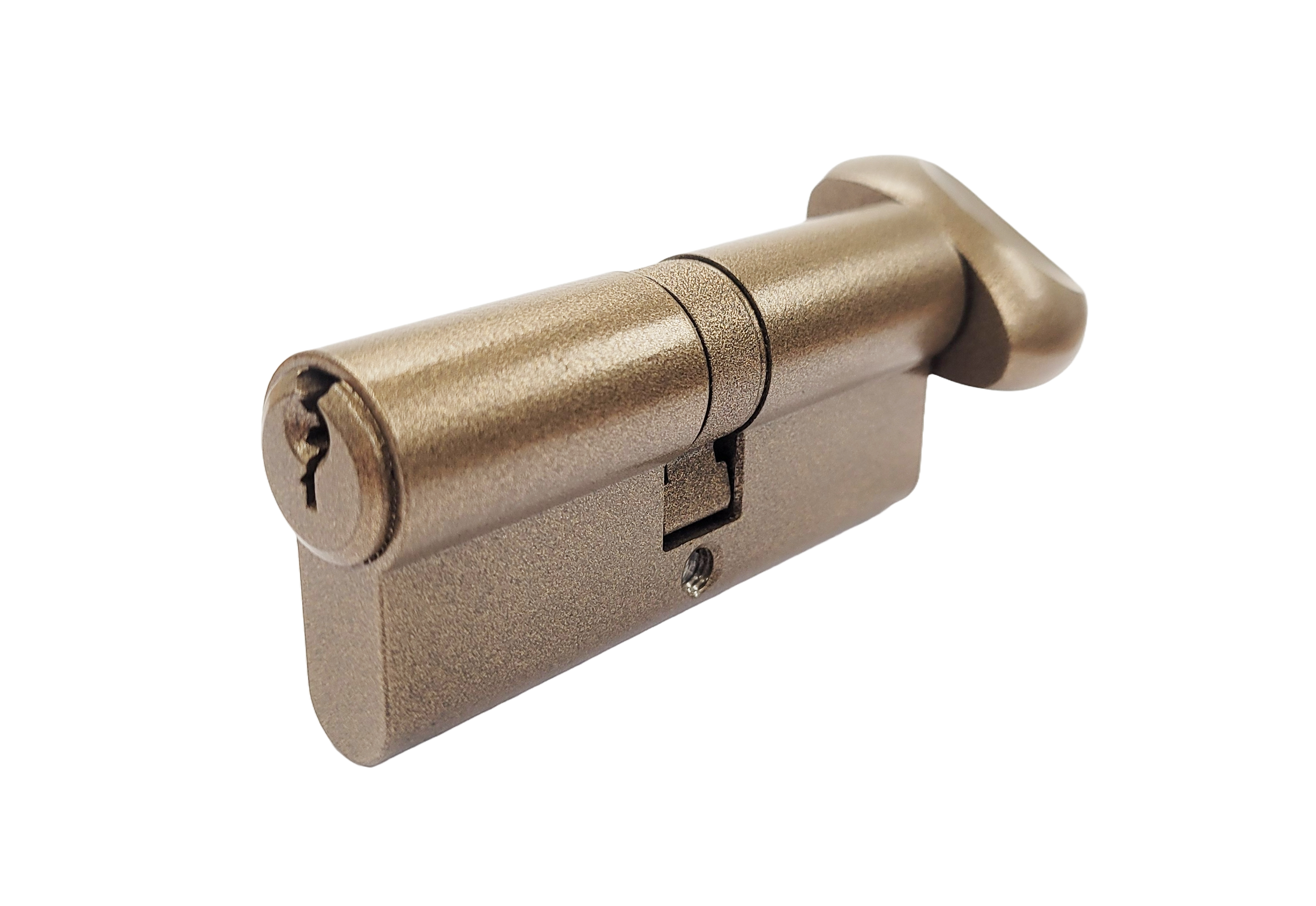In a world advancing in security standards, the question looms: Is there still a viable reason to specify and select 5-pin cylinders? As technology evolves and building regulations demand more, this exploration delves into the relevance of 5-pin cylinders in the contemporary landscape of locks and keys. Join us as we dissect the intricacies, weigh the pros and cons, and scrutinize whether these once-trusted components still hold a legitimate place in the realm of security. It’s time to separate the myth from the reality and determine if 5-pin cylinders stand the test of modern security demands.
The Deception of Five Pins: Unraveling the Myth
On the surface, a lock cylinder with five pins may seem impressive, especially with savvy marketing tactics. Buyers, however, need to recognize that the era of 5-pin cylinders as symbols of security is long gone. It’s high time for those still promoting these cylinders to acknowledge the obsolescence of an inferior product and consign it to history.
Hidden Costs of Bargains: The True Price of 5-Pin Cylinders
Often sold based on cost, 5-pin cylinders can pose significant risks. Beyond the apparent savings, replacing a lock cylinder with a 5-pin variant might inadvertently invalidate your insurance cover, as many policies mandate compliance with the more robust 6-pin standard, specifically BS3621.
Insurance Standards and the Vulnerability of 5-Pin Versions
Insurers set premiums based on risk, and for lock cylinders, BS3621 is a common standard. Recognizing that 5-pin versions are more susceptible to attacks, insurers prefer the higher security offered by 6-pin models. Yet, the layman may fall victim to vendors’ positive spin without understanding the current standards and building regulations for security.
Building Regulations Evolution: Approved Document Q and PAS24
In 2015, English Building Regulations introduced Approved Document Q, focusing on dwelling security. New dwellings were mandated to resist unauthorized entry, demanding compliance with standards like PAS24. Notably, PAS24 emphasizes the need for a minimum 6-pin cylinder for door security, emphasizing the inadequacy of 5-pin alternatives.
Limitations Beyond Homes: 5-Pin Cylinders in Commercial Settings
5-pin cylinders prove impractical in complex masterkey systems used in institutions like hospitals and schools. Their construction limits the number of differ cylinders, often creating obstacles for specifiers trying to cater to clients’ keying needs. This limitation can lead to last-minute changes to a 6-pin alternative, incurring additional costs.
Enhanced Security Features and 5-Pin Limitations
Fewer chambers in a 5-pin cylinder restrict options for security features. Construction keying and anti-bump features become challenging, impacting compliance with Approved Document Q and the coveted 3-star security rating. This deficiency makes properties more vulnerable to attacks.
The Bright and Dark Sides: Advancements and Lingering Practices
While security standards are improving overall, some vendors persist in promoting 5-pin cylinders. It’s crucial to halt this practice, ensuring buyers make informed choices in an era where total security demands patent-protected key systems.



